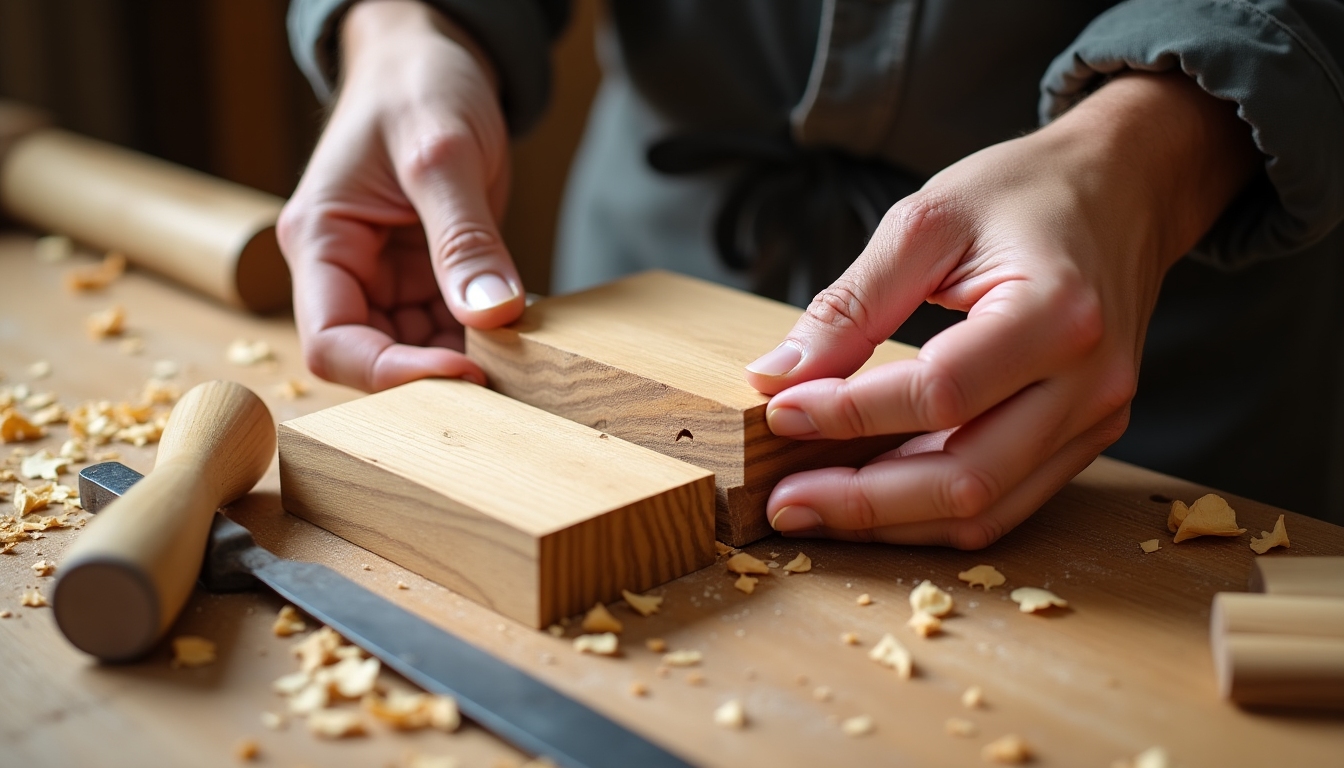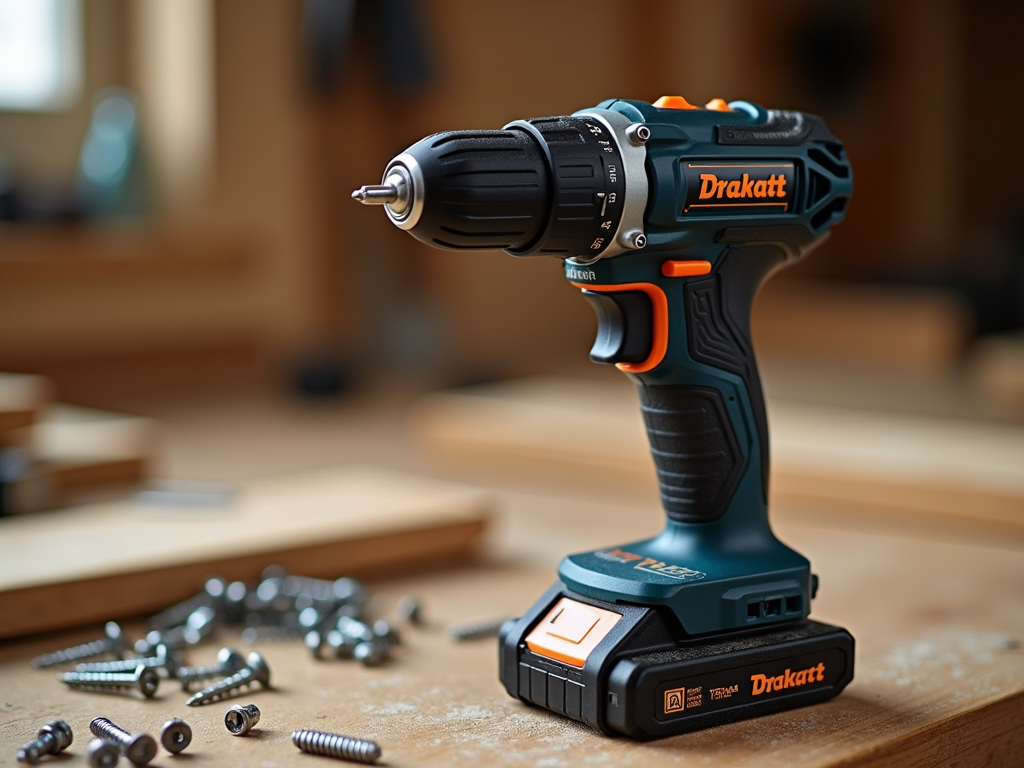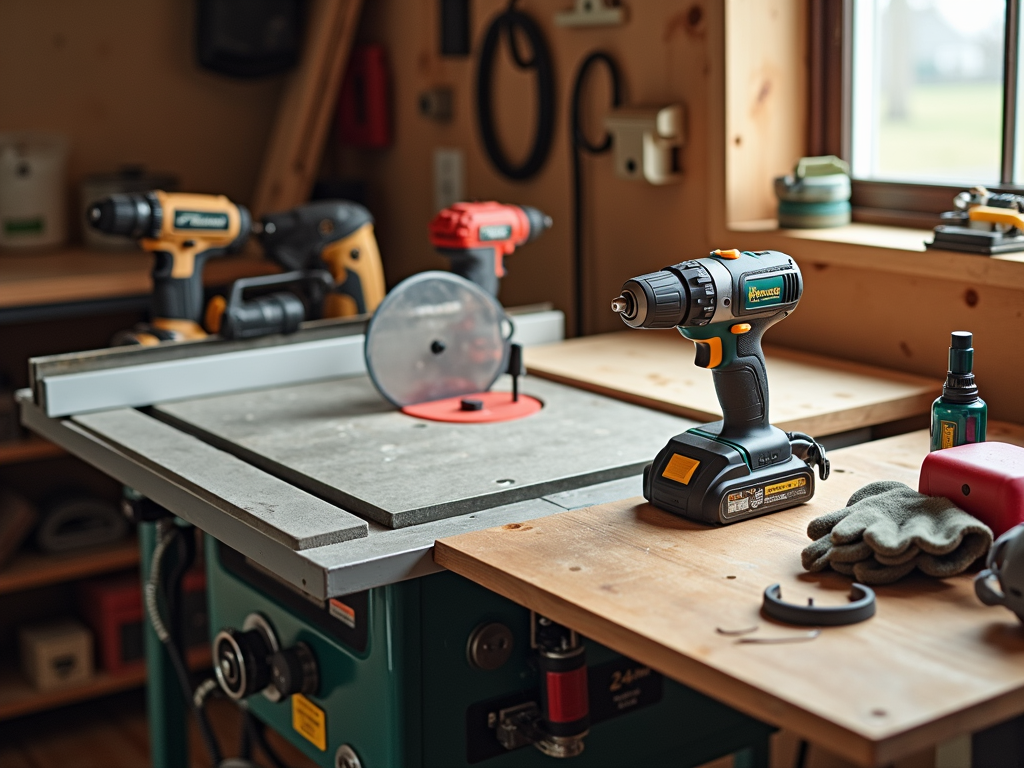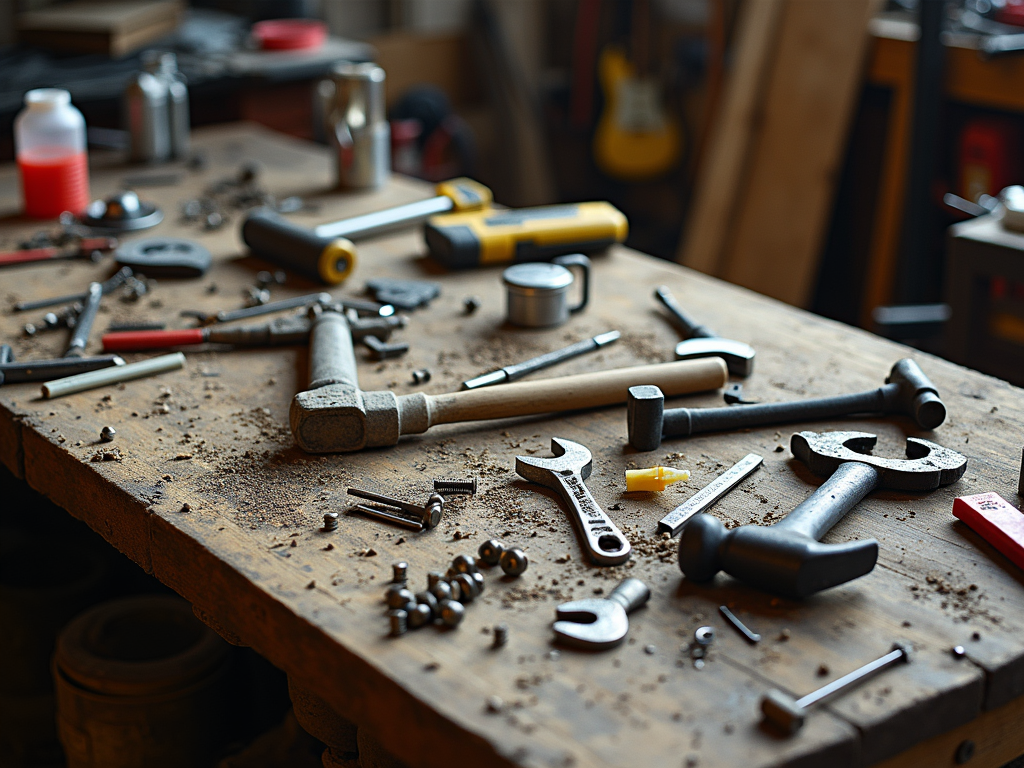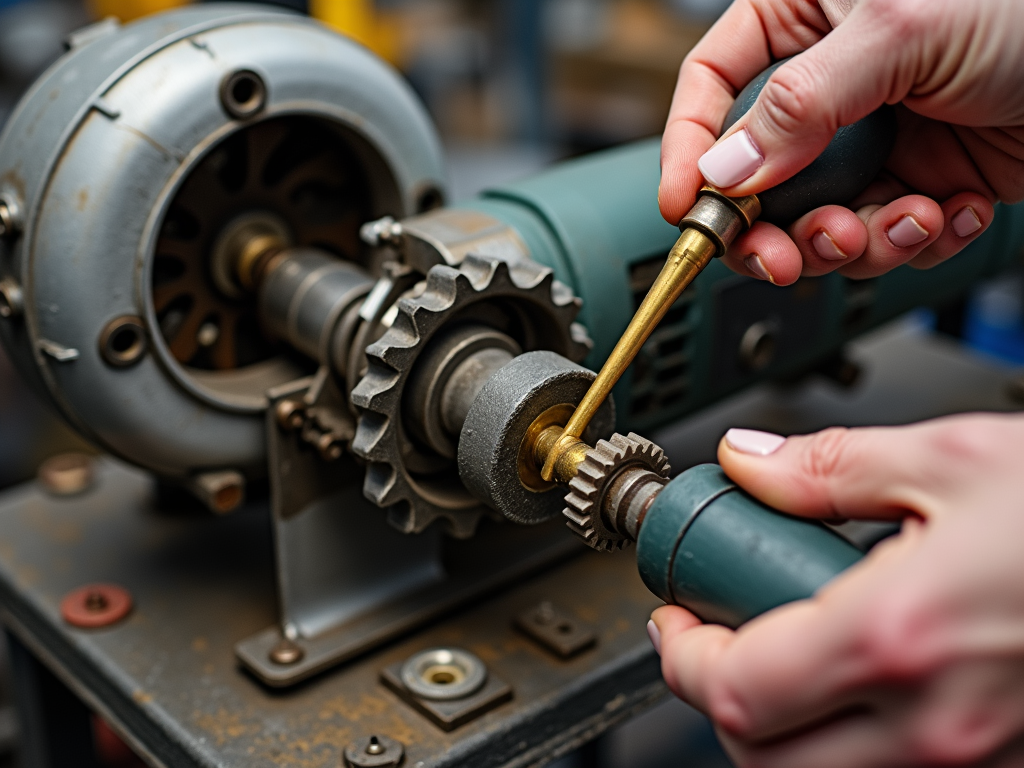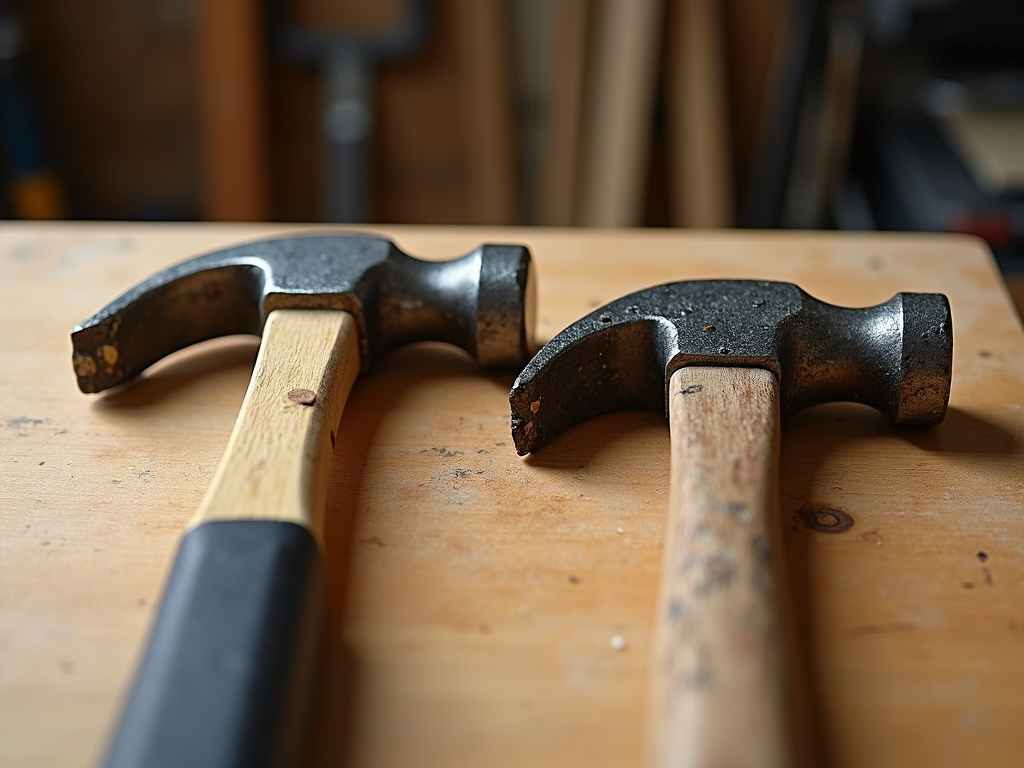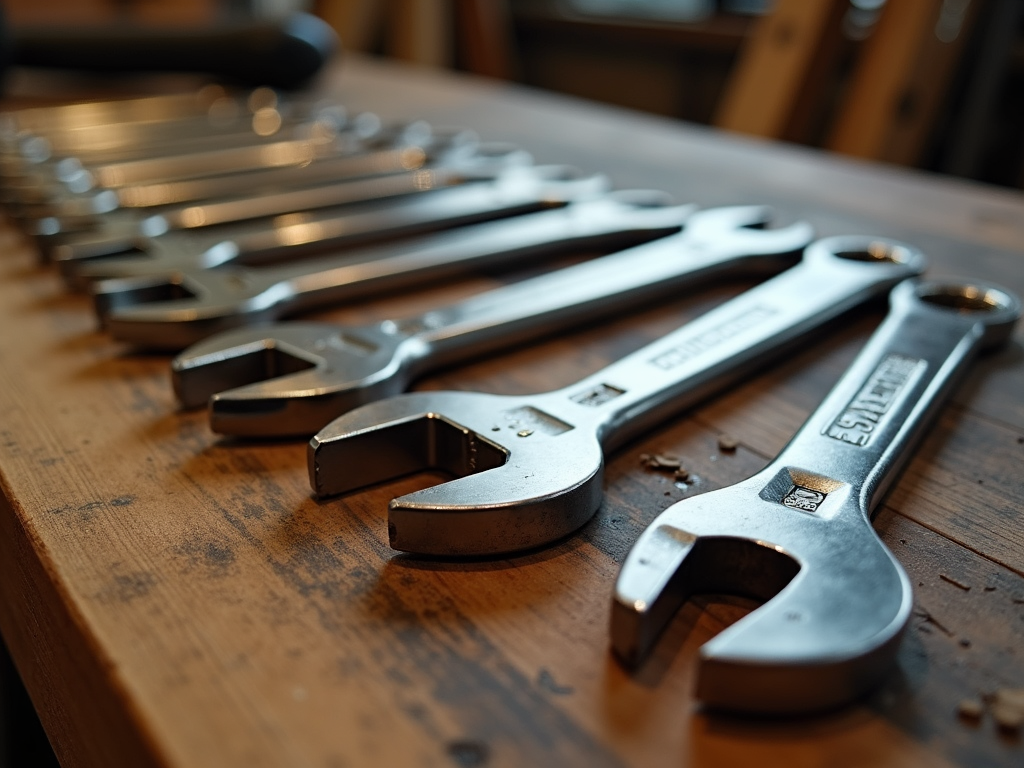Power tools are the backbone of any woodworking project, but they require regular care and maintenance to keep them running smoothly. Whether you're a seasoned pro or just starting out, knowing how to properly maintain your tools can save you time, money, and frustration. In this guide, we'll cover everything you need to know about caring for your power tools, from general maintenance tips to specific advice for common tools like drills, saws, and sanders.
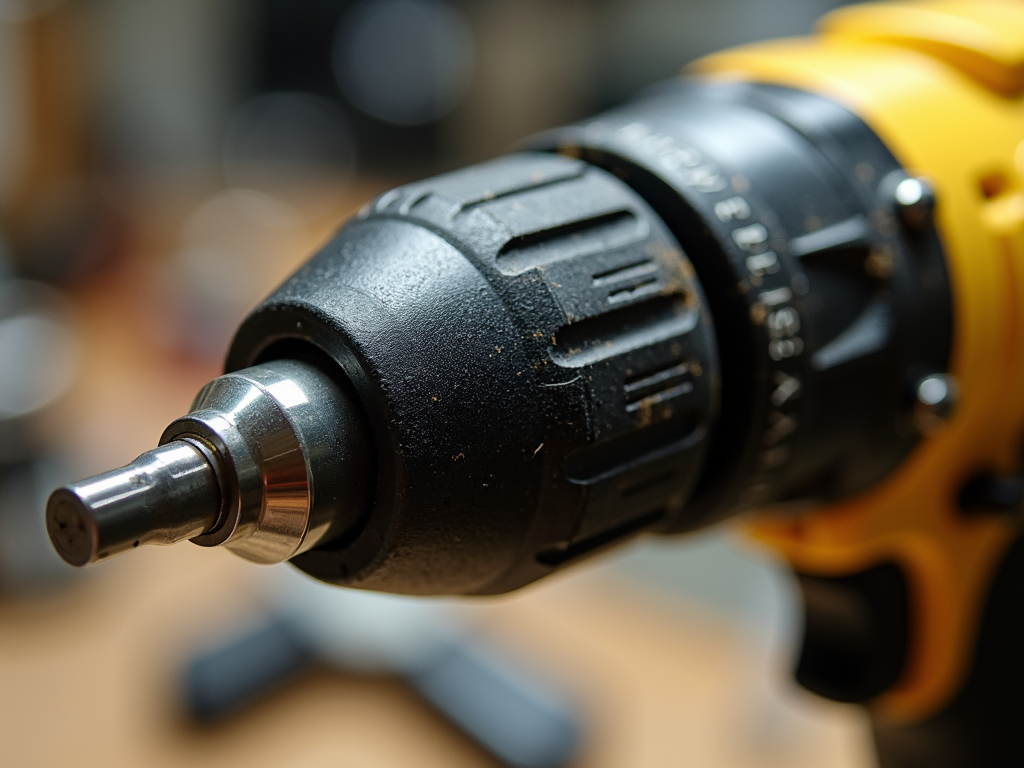
Why Maintenance Matters
Taking care of your power tools isn't just about keeping them looking nice—it's about ensuring they work safely and efficiently. Regular maintenance can prevent costly repairs, extend the life of your tools, and most importantly, keep you safe while you work. A well-maintained tool is less likely to malfunction, which means fewer accidents and better results on your projects.
General Care and Maintenance Tips
Before we dive into specific tools, let's cover some general maintenance tips that apply to all power tools:
- Cleaning: After each use, wipe down your tools with a clean, dry cloth to remove dust and debris. For tougher grime, use a mild cleaner and a soft brush.
- Lubricating: Moving parts like gears and bearings need regular lubrication to prevent wear and tear. Use the lubricant recommended by the manufacturer.
- Storing: Store your tools in a dry, cool place to prevent rust and corrosion. Use tool cases or cabinets to protect them from dust and moisture.
- Inspecting: Regularly check your tools for signs of wear, such as frayed cords, loose parts, or dull blades. Address any issues immediately to prevent further damage.

Specific Maintenance Tips for Common Power Tools
Now, let's look at how to maintain some of the most common power tools used in woodworking:
Power Drills
- Clean the Chuck: Use a small brush to remove dust and debris from the chuck. This ensures a secure grip on drill bits.
- Check the Cord: Inspect the power cord for any signs of damage. If you find any frayed wires, replace the cord immediately.
- Lubricate Moving Parts: Apply a few drops of oil to the chuck and any other moving parts to keep them running smoothly.
Circular Saws
- Maintain the Blade: Keep the blade sharp and clean. A dull blade can cause the saw to work harder, leading to overheating and potential damage.
- Check the Base Plate: Ensure the base plate is flat and free of debris. A warped base plate can affect the accuracy of your cuts.
- Align the Blade: Make sure the blade is properly aligned with the base plate. Misalignment can cause the saw to bind or kick back.
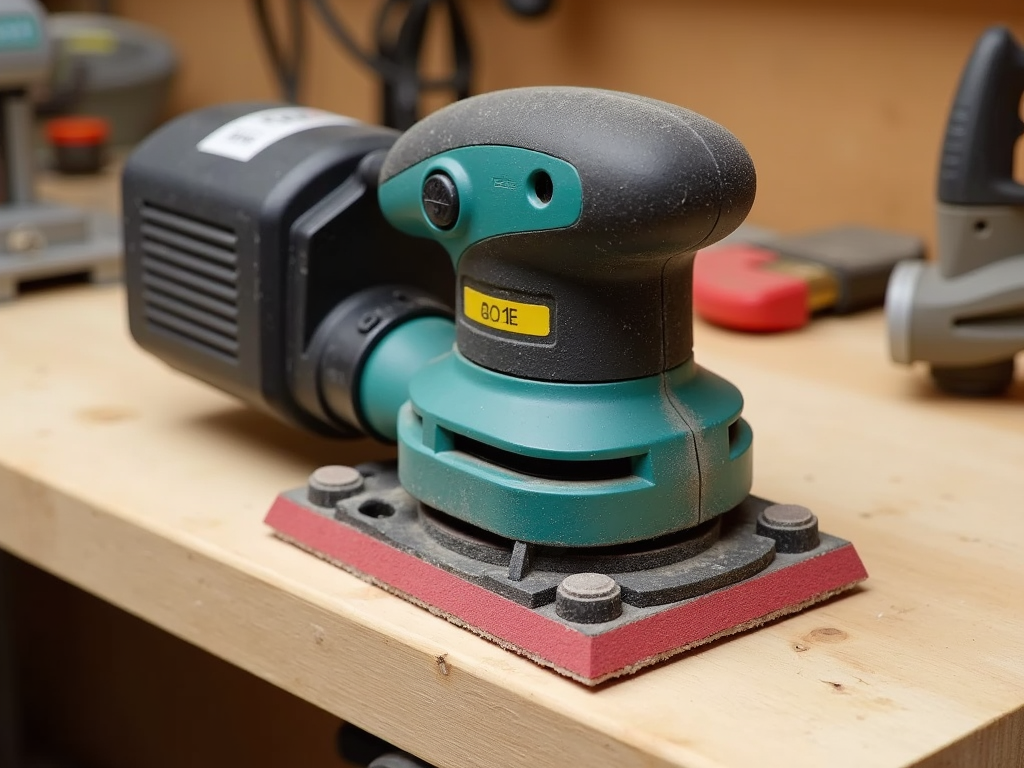
Sanders
- Clean the Sanding Pad: Remove dust and debris from the sanding pad after each use. This helps maintain the pad's effectiveness and prevents clogging.
- Check the Belt: If your sander uses a belt, inspect it for wear and tear. Replace it if it's stretched or damaged.
- Maintain the Motor: Keep the motor vents clear of dust to prevent overheating. Use compressed air to blow out any accumulated debris.
Routers
- Maintain the Collet: Clean the collet regularly to ensure it holds bits securely. A dirty collet can cause bits to slip or wobble.
- Check the Base: Ensure the base is smooth and free of debris. Any imperfections can affect the router's performance and the quality of your cuts.
- Ensure Smooth Operation: Lubricate the plunge mechanism or any other moving parts to keep the router operating smoothly.
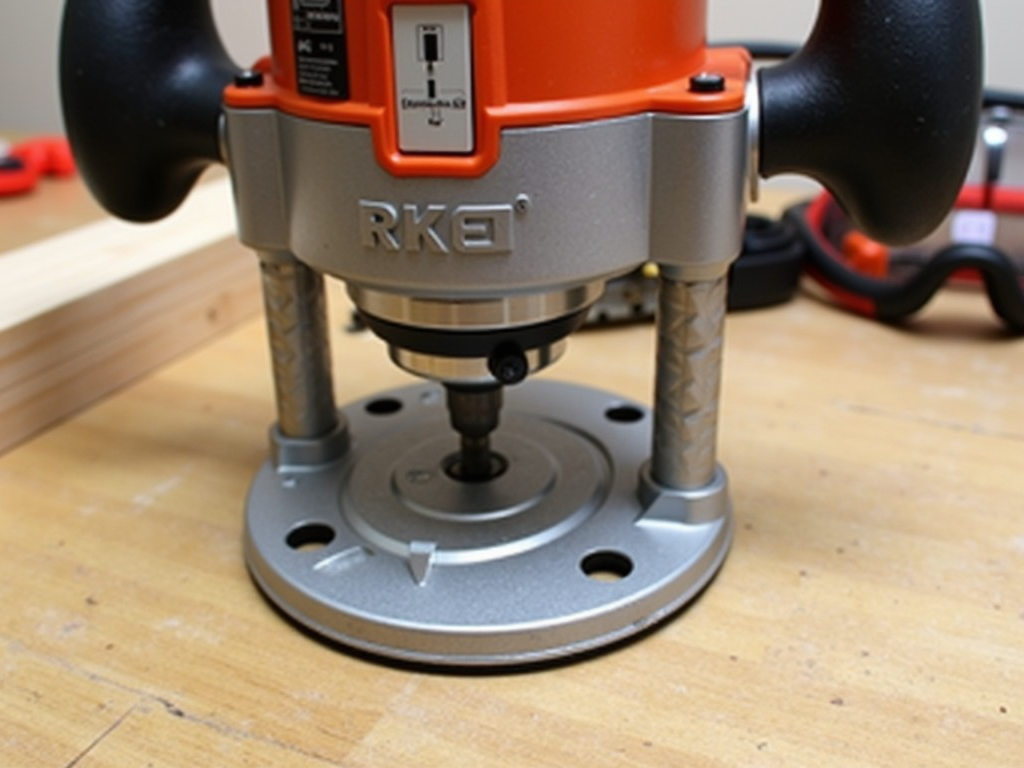
Safety Considerations
Maintaining your power tools isn't just about performance—it's also about safety. Here are some key safety tips to keep in mind:
- Follow Manufacturer Guidelines: Always read and follow the maintenance instructions provided by the manufacturer.
- Use Protective Gear: Wear safety glasses, gloves, and other protective equipment when maintaining your tools.
- Unplug Tools: Always unplug your tools before performing any maintenance to prevent accidental starts.
- Inspect Before Use: Before each use, inspect your tools for any signs of damage or wear. Don't use a tool that isn't in good condition.
Common Mistakes to Avoid
Even with the best intentions, it's easy to make mistakes when maintaining power tools. Here are some common pitfalls to watch out for:
- Neglecting Maintenance: Skipping regular maintenance can lead to bigger problems down the road. Make maintenance a habit.
- Using the Wrong Tools or Materials: Always use the recommended cleaners, lubricants, and replacement parts for your tools.
- Ignoring Safety Precautions: Never take shortcuts when it comes to safety. Always follow proper procedures to protect yourself and your tools.
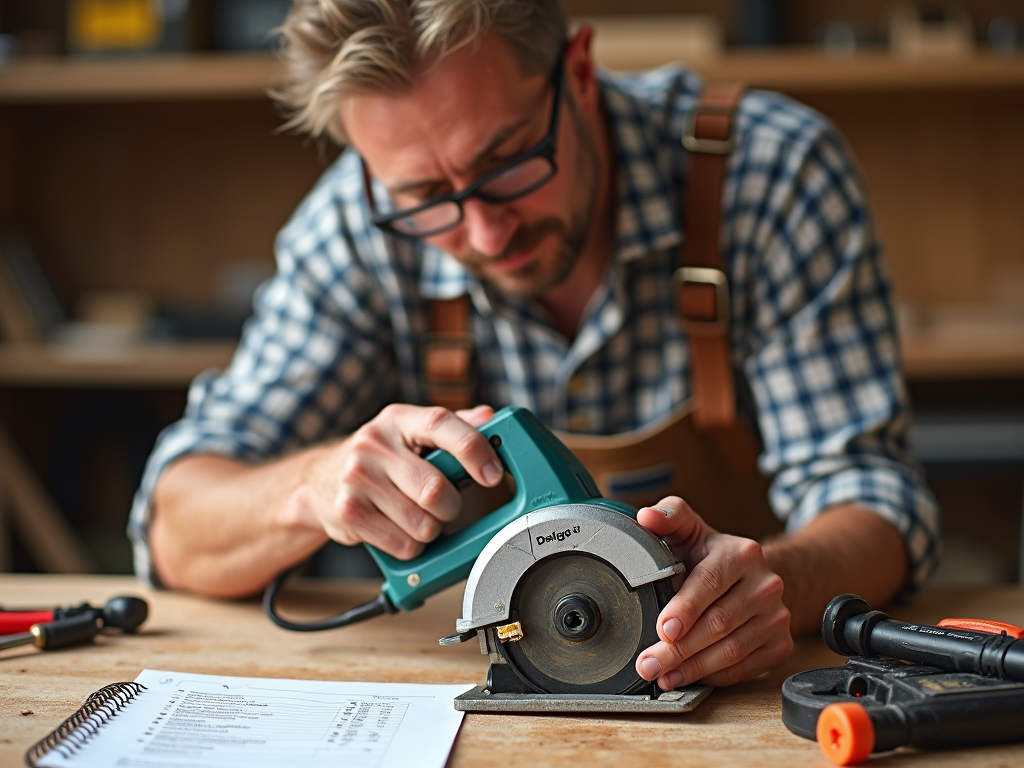
Summary
Proper care and maintenance of your power tools are essential for any woodworking enthusiast. By following the tips in this guide, you can ensure your tools last longer, perform better, and keep you safe. Remember to clean, lubricate, store, and inspect your tools regularly, and always prioritize safety. With a little effort, your power tools will be ready to tackle any project you throw at them.
Related Care and Maintenance of Your Power Tools:
- How to Choose the Right Power Drill for Your Projects
- Advanced Woodworking Techniques for Enthusiasts
- Key Features to Look for in Cordless Power Tools: Your Ultimate Guide
- A Beginner's Guide to Power Tools for Home Workshops: Essential Tools and Safety Tips
- The Complete Beginner’s Guide to Home Wiring
- Why Upskilling Matters in Automated Factories
- Organizing Your Workbench for Maximum Efficiency: A Comprehensive Guide
- How to Keep Your Power Tools Running Strong
- Keep Your Power Tools Running Strong: The Ultimate Guide to DIY Tools Maintenance
- Choosing the Right Tools for Your Construction Project
- Top-Quality Workman Tools for Contractors: A Comprehensive Guide
- Must-Have Electrical Tools for DIY Enthusiasts: A Comprehensive Guide

